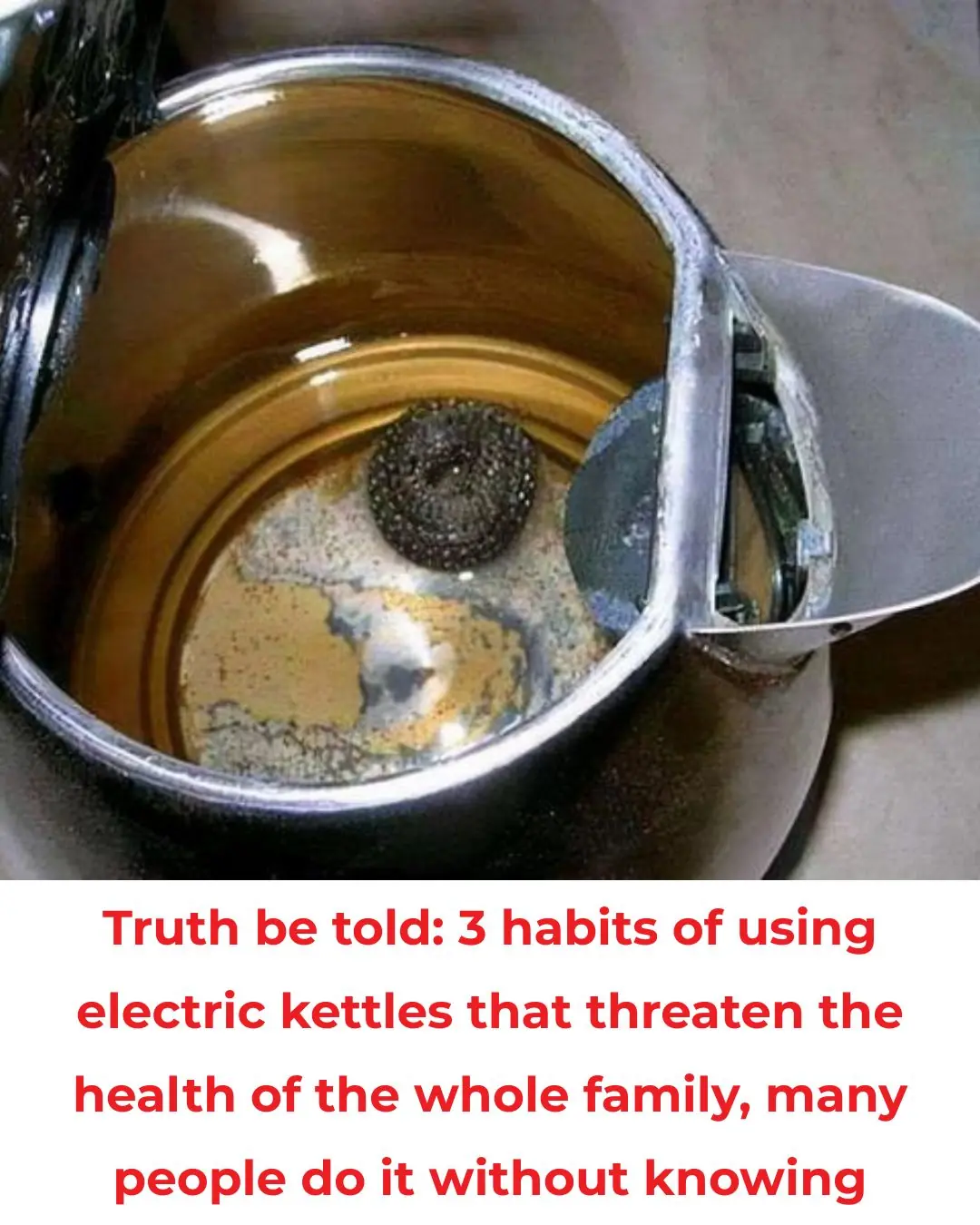
Is It Necessary to Unplug the Rice Cooker After the Rice Is Cooked?

Using a rice cooker properly not only ensures delicious meals but also helps prolong the lifespan of the device. But the question remains: should you unplug the rice cooker once the rice is fully cooked?
Although almost every household owns a rice cooker, not everyone uses it correctly. Many people wonder whether unplugging the rice cooker after the rice is done is necessary to protect the appliance and save electricity.
Should You Unplug the Rice Cooker After the Rice Is Cooked?
Ultimately, the decision depends on your family's preferences and needs. If you want your rice to stay hot and fresh, you can keep the cooker on its "keep warm" mode until mealtime. However, if your priority is saving energy and protecting the rice cooker, unplugging it after cooking is advisable. It is especially important to unplug the device when the rice has been completely served.
When cooking, the rice cooker operates in the "cook" mode at high power to boil water and cook the rice with steam. Once the water is absorbed or evaporated, the cooker automatically switches to "warm" mode, maintaining the rice’s temperature to prevent it from cooling down.
The "warm" mode uses a low power level sufficient to keep the rice at an ideal temperature without burning it. This feature is very convenient because it allows you to enjoy warm rice even if you don't eat immediately after cooking.
Benefits of Keeping the Rice Cooker Plugged In
If you do not unplug the rice cooker, it will continue to keep the rice warm, ensuring it remains delicious. This is especially helpful for families who eat multiple meals throughout the day or have members who come home late. You won’t need to reheat the rice, saving both time and effort. Additionally, keeping rice at the warm temperature prevents spoilage or bacterial growth, which is especially important in hot and humid climates.
The warm mode also helps maintain the rice’s natural softness and moisture. Rice that cools completely and is later reheated often becomes dry, hard, or loses its stickiness and texture.
When Is It Necessary to Unplug the Rice Cooker?
However, there are certain situations where unplugging the rice cooker is recommended. If you don’t need to keep the rice warm or have already finished eating, unplugging the cooker saves electricity. Although the "warm" mode consumes relatively little power, leaving it on for many hours wastes energy, especially when the rice is no longer being eaten.
Leaving the rice cooker on the "warm" mode for too long (over 12 hours) can also cause the inner pot to dry out and burn at the bottom. This not only reduces the cooker’s lifespan but also affects the taste of your rice. For older or lower-quality rice cookers, continuous operation increases the risk of electrical faults, short circuits, or even fire hazards—particularly if the power supply is unstable.
When Should You Unplug the Rice Cooker?
-
After Cooking and Eating Immediately: If you plan to eat right after the rice is cooked, you can turn off the cooker and unplug it to save energy. This is ideal for families who eat only one main meal per day.
-
If You Don’t Need to Keep the Rice Warm for Long: If the rice won’t be consumed soon, it’s better to let it cool naturally, then store it in the refrigerator. When needed, simply reheat it using a microwave or steam.
-
After Extended Warming Period: To prevent damage or burning, unplug the rice cooker if it has been on "warm" mode for more than 8-10 hours.
Tips for Proper Rice Cooker Use
Using your rice cooker correctly not only guarantees tasty meals but also extends the device’s lifespan and ensures safety for your entire family.
-
Check Your Rice Cooker Model: High-end rice cookers often have intelligent warming functions that adjust temperature automatically without burning the rice. For traditional models, avoid keeping the cooker on warm mode too long.
-
Dry the Inner Pot Before Cooking: Make sure the pot is dry before use to enhance heating efficiency and prevent rice from sticking.
-
Avoid Keeping Warm with Small Amounts of Rice: When only a small quantity of rice remains, keeping the cooker on warm mode can cause burning or hardening of the rice.
-
Regularly Clean Your Rice Cooker: After each use, clean the inner pot and lid thoroughly to prevent moisture buildup, bad odors, or mold growth. Pay special attention to cleaning the steam vent to maintain optimal performance.
In conclusion, whether or not to unplug your rice cooker after cooking depends on your family’s lifestyle and priorities. Keeping it plugged in on the warm setting is very convenient for multiple meals or late dinners, but unplugging after use saves energy and protects your appliance. By using your rice cooker properly and maintaining it well, you can enjoy delicious rice and extend the life of your device safely and efficiently.
News in the same category


Drinking coffee adds one more thing: No worries about discolored teeth or bad breath
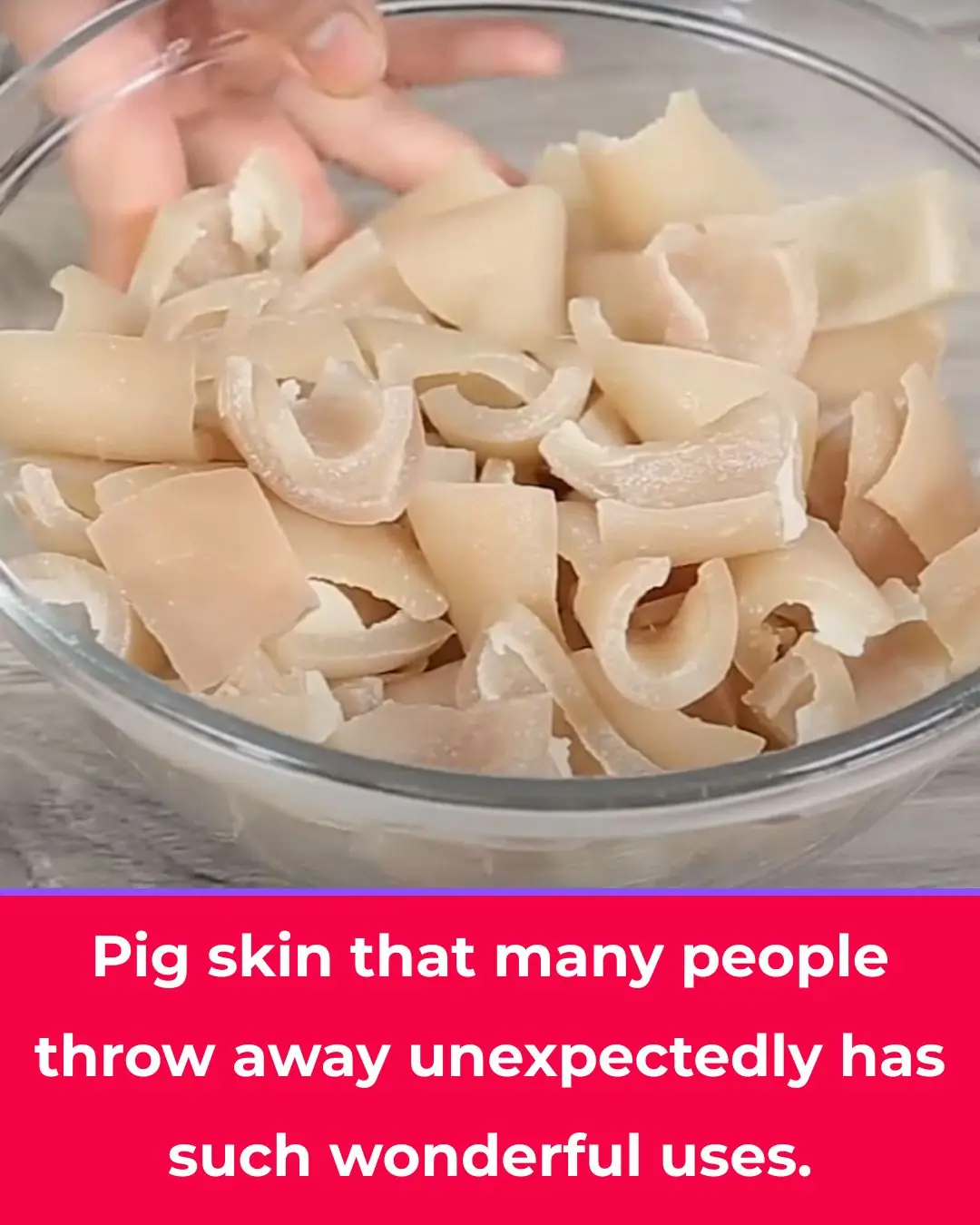
Pig skin that many people throw away unexpectedly has such wonderful uses

American doctor shows how to remove pesticides and dirt from fruits, just a few steps to reduce illness for the family

5 mistakes when drinking coffee that are harmful to your health: Especially the second type, quit immediately before it's too late

I was today years old when I found out why coins have ridges on the edges!
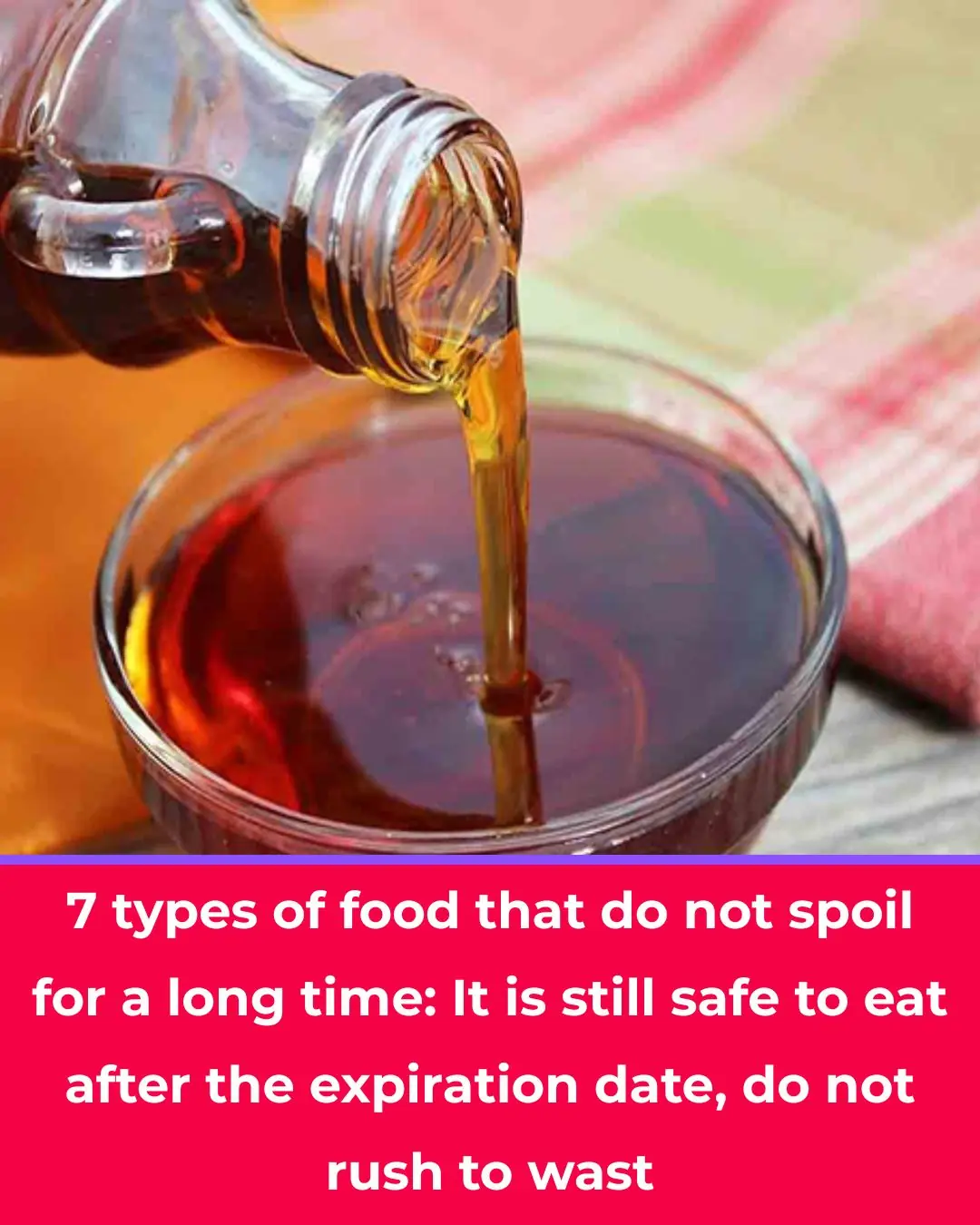
7 Foods That Don’t Spoil Easily: Still Safe to Eat Even After the Expiry Date

Here is what this little hole on the ear mean
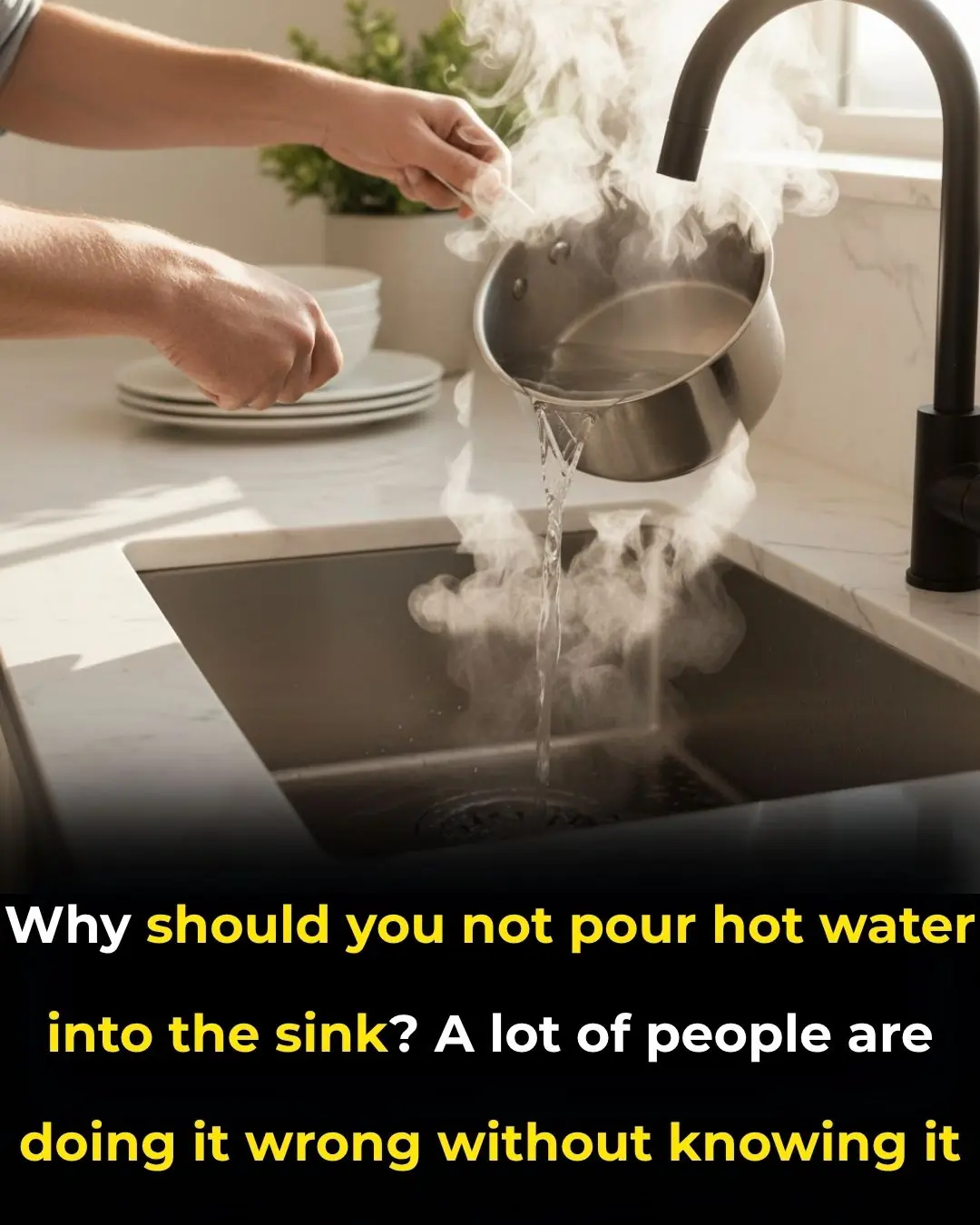
Why You Should Never Pour Hot Water Into The Sink
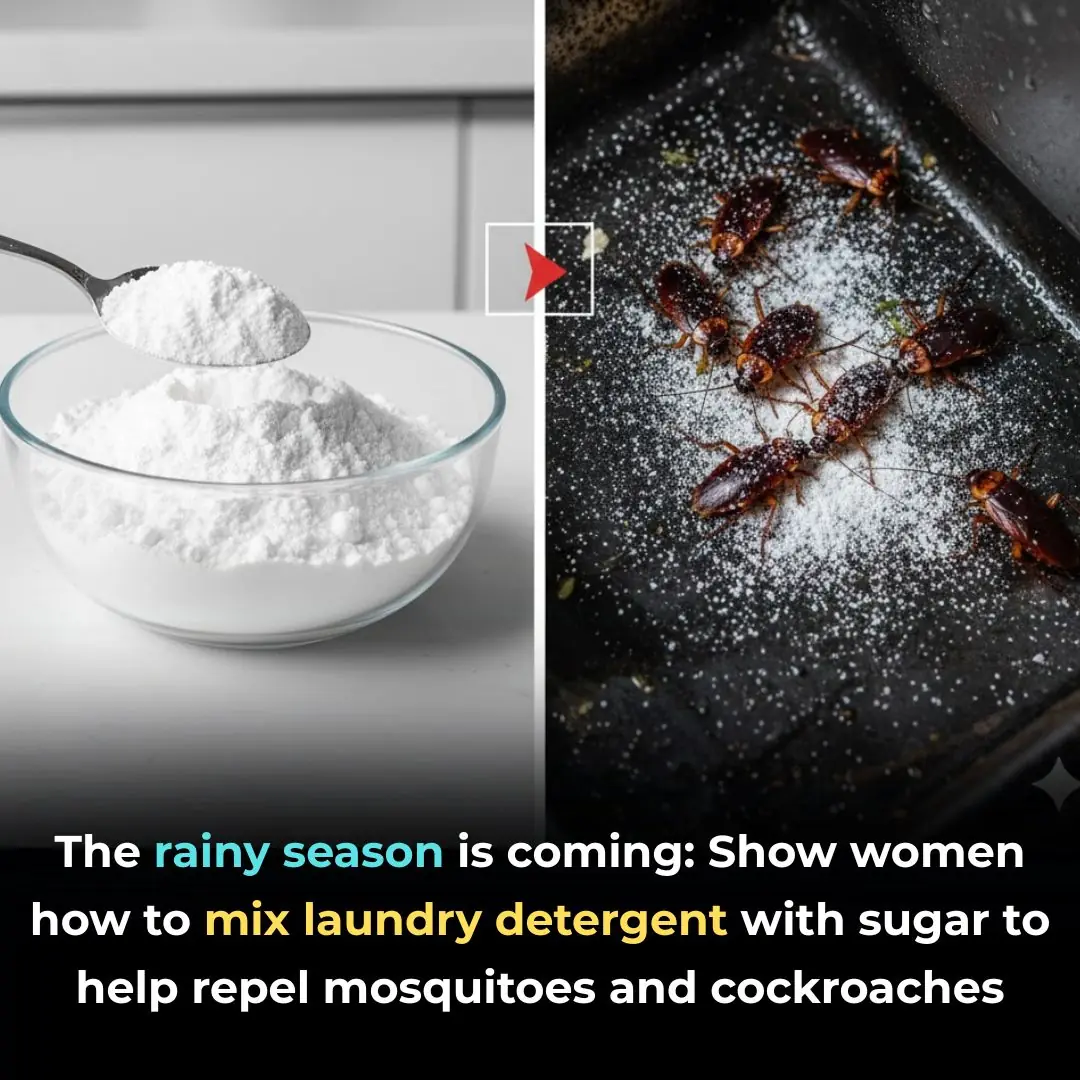
The rainy season is coming: Show women how to mix laundry detergent with sugar to help repel mosquitoes and cockroaches
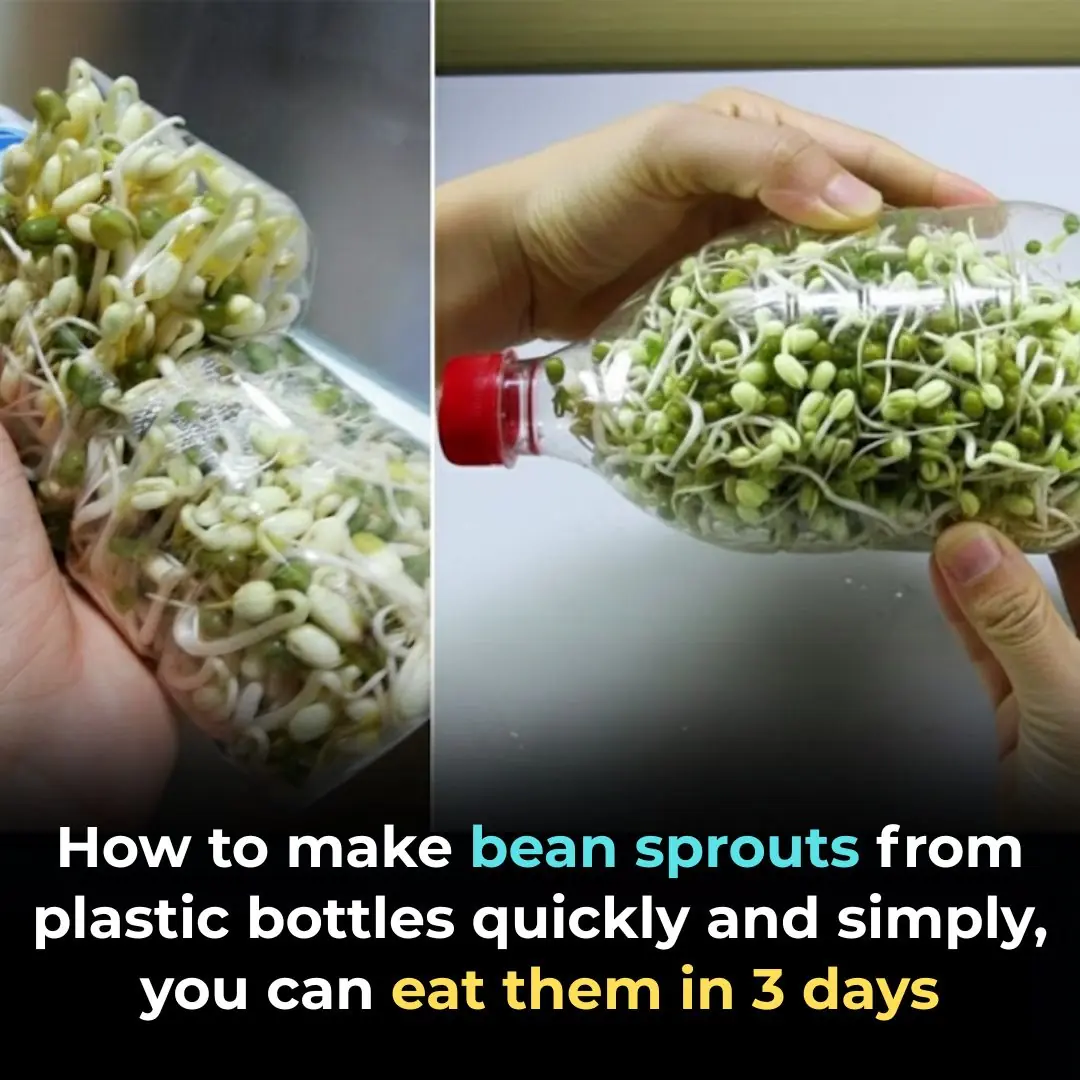
How to make bean sprouts from plastic bottles quickly and simply, you can eat them in 3 days
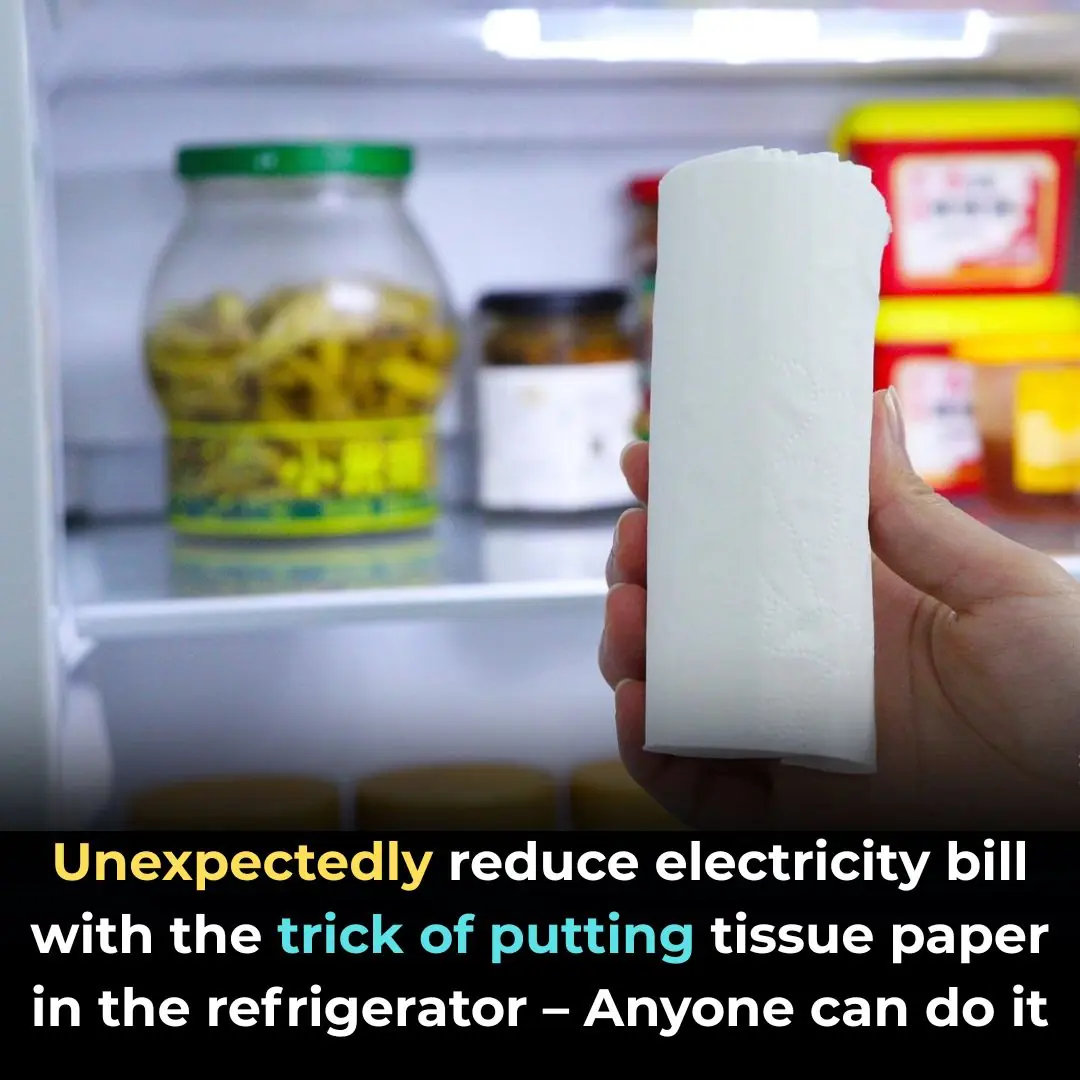
Unexpectedly reduce electricity bill with the trick of putting tissue paper in the refrigerator – Anyone can do it

Super cheap, super clean drain cleaning tips using only ingredients in the kitchen without needing a plumber

One week after applying this method, cockroaches, ants and mosquitoes no longer appeared in my house.

Just look at this point on the crab shell, 100% meat is enough to fill your teeth, husband and children praise it endlessly

No Matter How Dirty You Are, Absolutely AVOID These 7 “Dangerous Hours” When Washing Your Hair to Prevent Stroke, Sudden Illness, or Hospitalization Without Warning
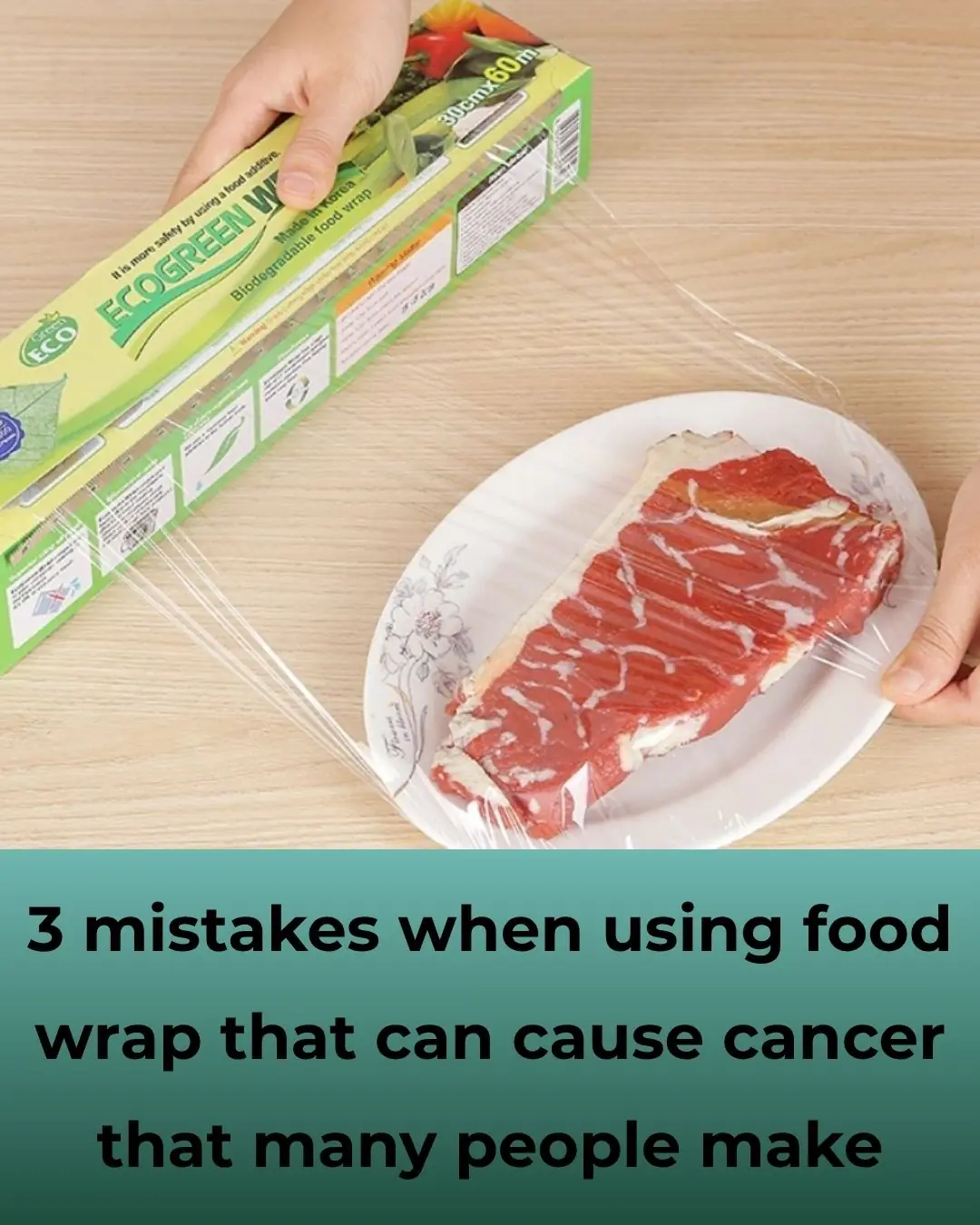
3 Common Mistakes When Using Plastic Wrap That Can Cause Cancer and Are Often Made by Many People
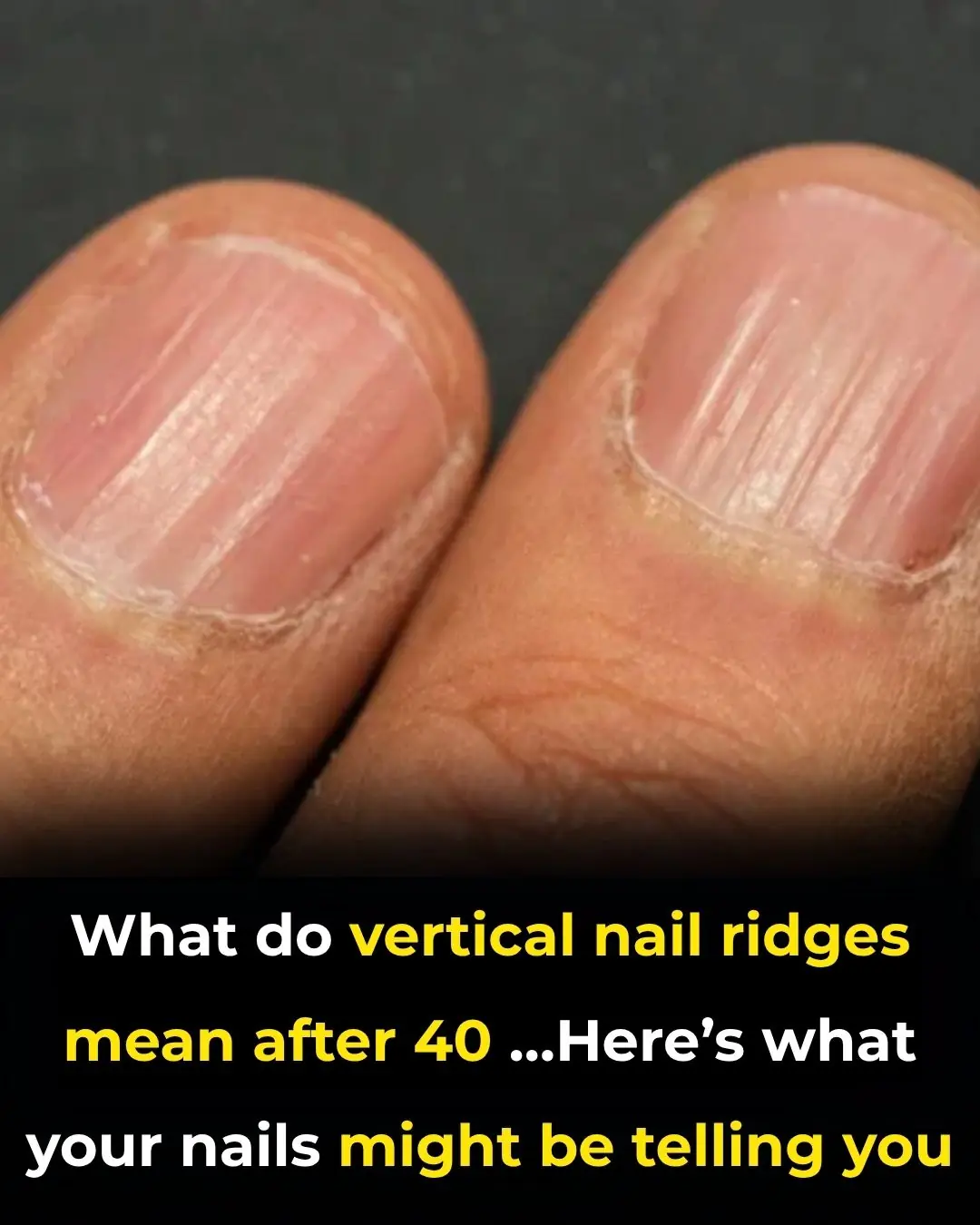
What Do Vertical Nail Ridges Mean After 40

What Your Favorite Ice Cream Flavor Says About You
News Post

This Drink Destroys Your Bones From the Inside and Harms Every Organ on Its Way Out

Stop Ignoring These 8 Subtle Signs of Heart Trouble Before It’s Too Late
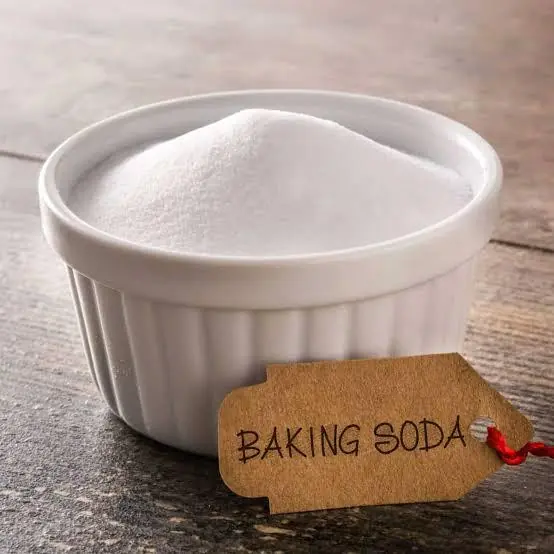
1 Teaspoon of Baking Soda Can Do This to Your Body!
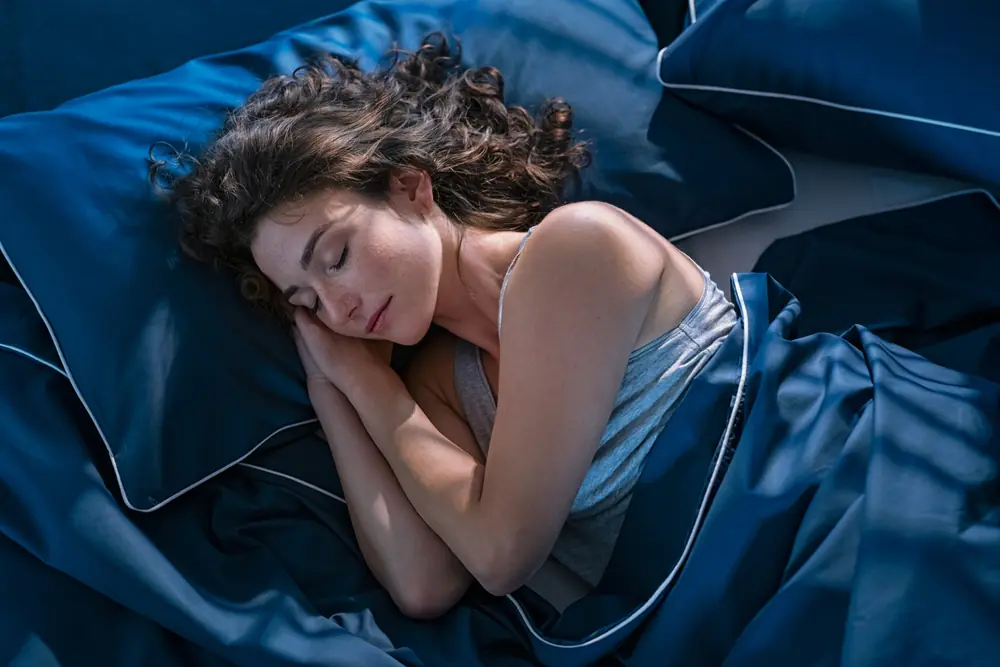
Still Waking Up Tired? This Simple 3g Bedtime Mix Beats Melatonin for Deep Sleep
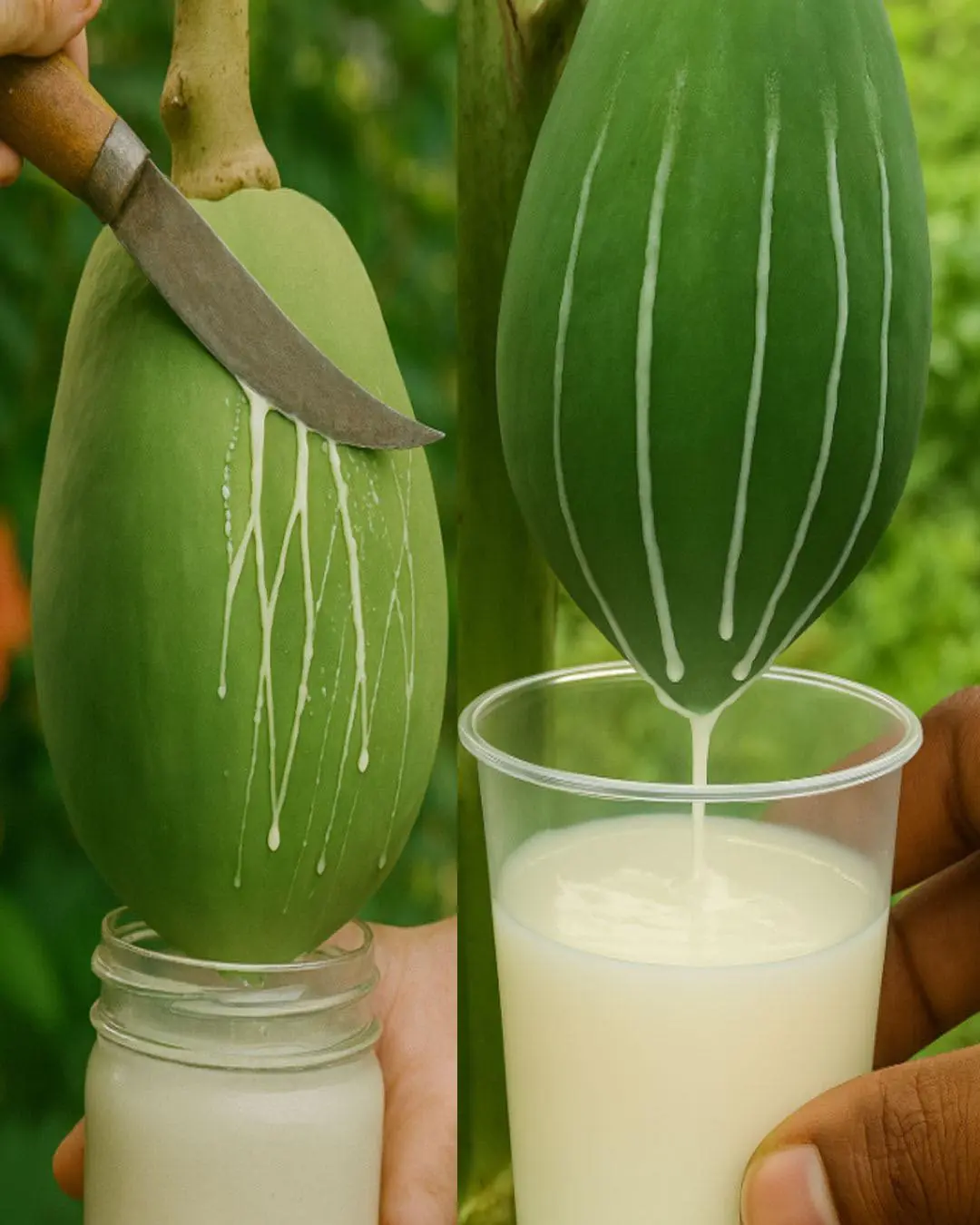
Papaya releases a milky sap, but most people don’t realize how important it is

Purslane: The Superfood That Tastes Better Than Meat – 7 Reasons to Grow It in Your Garden
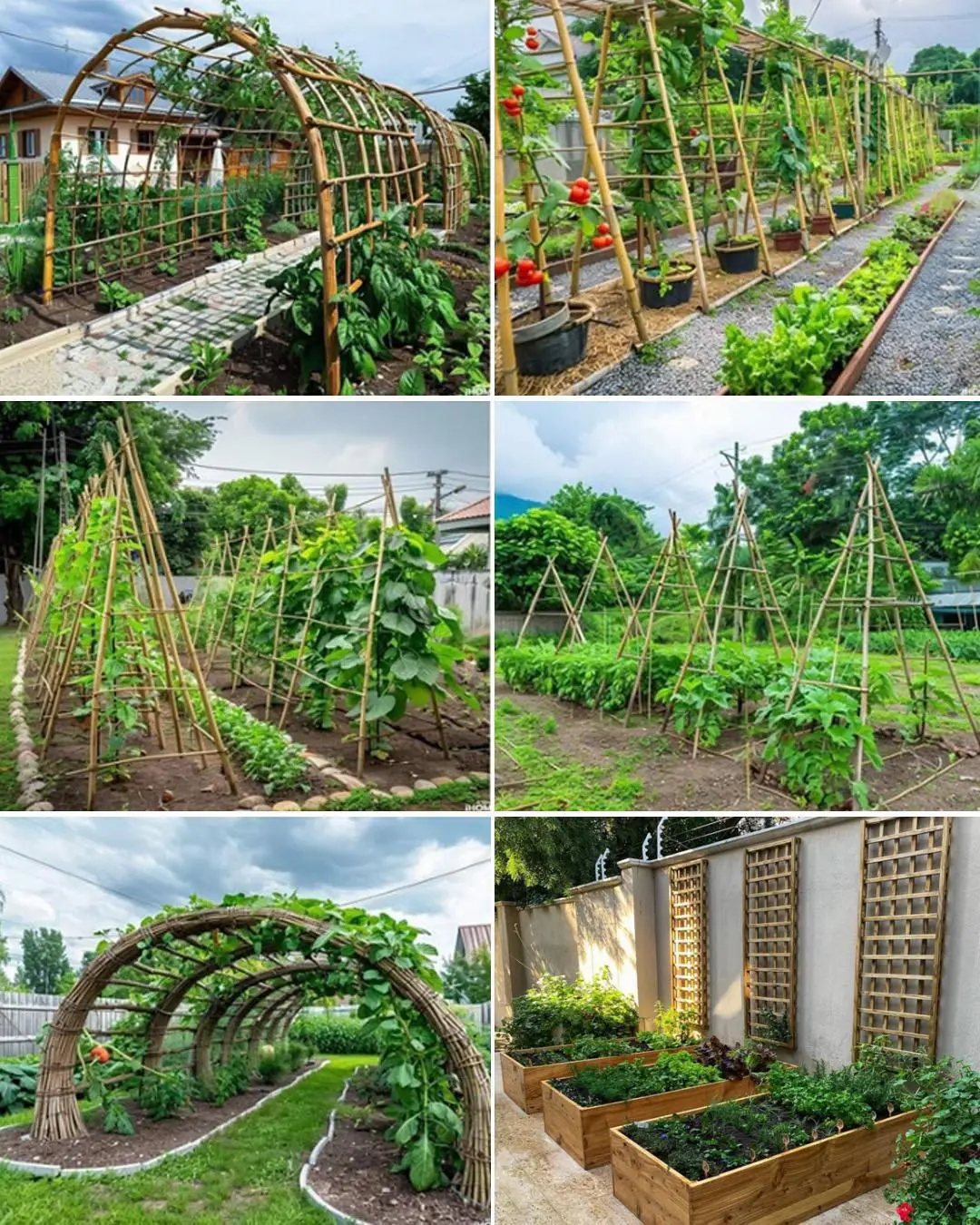
9 DIY Cucumber Trellis Ideas for Easy Harvesting and Maximized Garden Potential

Honey, Lemon, Onion, Garlic & Ginger: The Daily Spoonful That Works Wonders

Garlic, Honey, and Cloves – a powerful natural remedy packed with health benefits

Discovering the Health Benefits of Lamb’s Quarters

Common Mullein: Benefits and Uses of Nature’s Versatile Herb
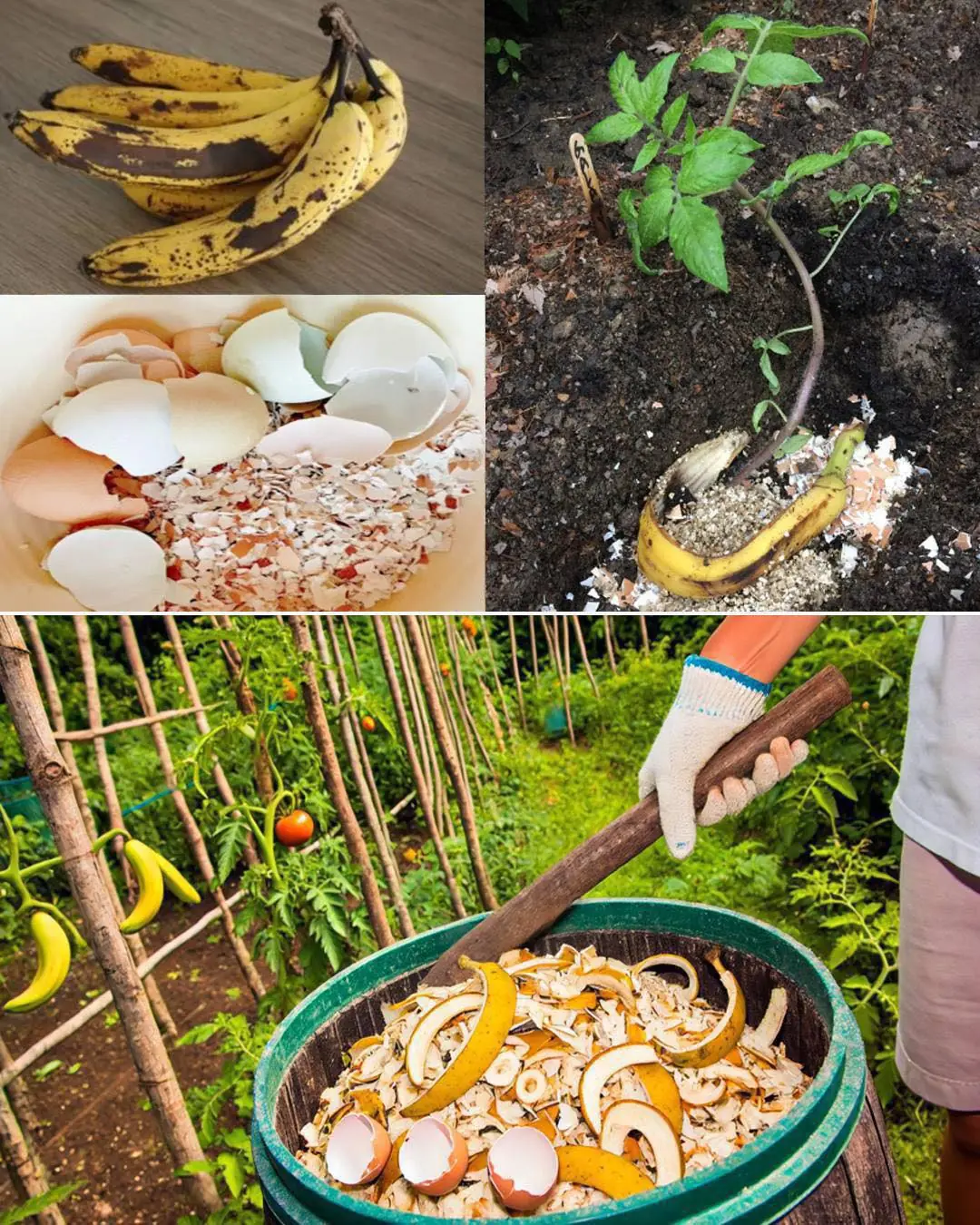
12 Homemade fertilizers for plants easy to find at home

Find All 7 Animals Hidden

6 Surprising Predictors of Divorce You Probably Overlooked
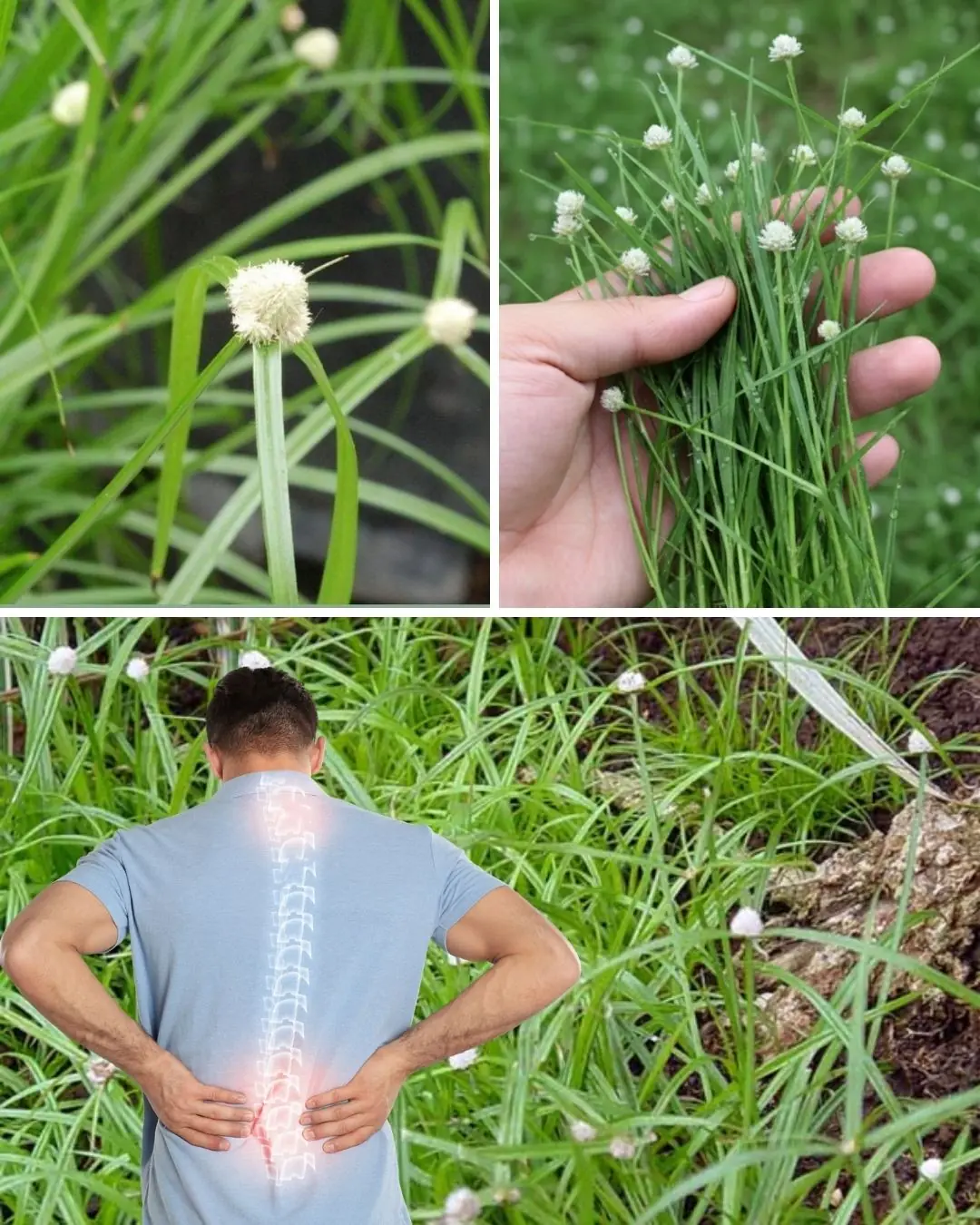
Cyperus Rotundus: The Ancient Herb with Modern Healing Power

Euphorbia Hirta: 9 key health benefits of this versatile plant

Here’s How to Starve Cancer to Death By Removing One Thing From Your Diet

This Super Tea Kills Parasites And Cleanses The Body of Toxins
